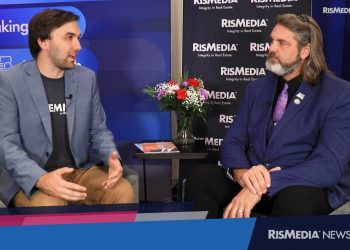 (MCT)—Back-to-school shopping has started, and for college students, that means figuring out how to pay for at least one big expense: textbooks.
(MCT)—Back-to-school shopping has started, and for college students, that means figuring out how to pay for at least one big expense: textbooks.
The average student at a four-year public college spends about $1,200 per year on course books and materials, according to the College Board, a nonprofit organization whose members are made up of colleges and educational institutions.
The bill has climbed dramatically in recent years.
From 2002 to 2012, textbook prices rose at an average rate of 6 percent annually, or about three times the rate of inflation, according to the Government Accountability Office.
Critics say the frequent rollout of updated editions for textbooks, often with little new content, has helped drive up prices. Workbooks and other materials that get bundled with books can also inflate costs.
Still, some progress has been made recently toward helping students afford their textbooks.
Because of the 2008 Higher Education Opportunity Act, publishers are now required to inform college faculty about substantial changes to a book’s content, along with pricing.
And schools are required to list a textbook’s price and International Standard Book Number in course registration materials.
The idea is that with more information, faculty and students should be able to make cost-saving choices. There are also a number of ways for students to get textbooks, from buying used to renting for a semester.
A few options:
Shop online. A book’s ISBN is a unique identifying numeric code. Punch it into a search engine — whether at your college bookstore or an online marketplace — and you can easily compare prices.
It’s worth shopping around. Students taking Intro to Biology this fall at the University of Oklahoma, for example, will need the textbook, “Campbell Biology.” A new copy of the latest edition runs $241 at the college bookstore.
But you can buy the book used at the bookstore for $181. A search on websites such as Affordabook.com, Bigwords.com and BookFinder.com turned up even better deals, as low as $30 for a used copy.
The drawbacks: If you buy online, shipping times and costs will vary. Although many online sellers allow refunds within 21 days of purchase (handy if you decide to drop a class), not all do. And used books may lack CDs or electronic codes that let you access course content online. Those items would have to be bought separately.










